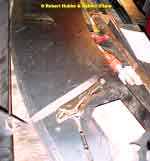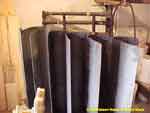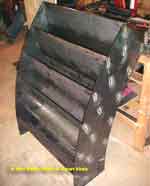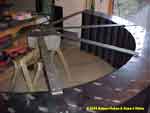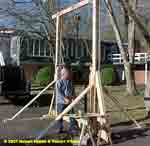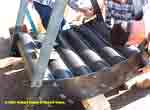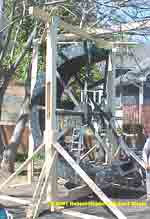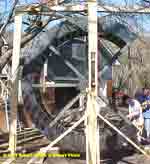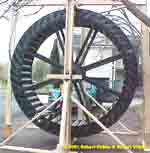
Your Waterwheel Solution
We talk a lot about the different kinds of waterwheels, but to build one is a whole story in itself. Below is the making of a Hubbshot waterwheel. It is 10.5 feet in dia. and has 32 inch wide buckets. Total weight is over 2500 lb. It has 8 buckets sections, being attached by side spokes to a pair of 20 inch dia. hub assembled on a 4 inch dia. bearing bar. When completed, it was so tuned the wind was turning the wheel and as far as we could detect, less then 1/16 in. out of round.
